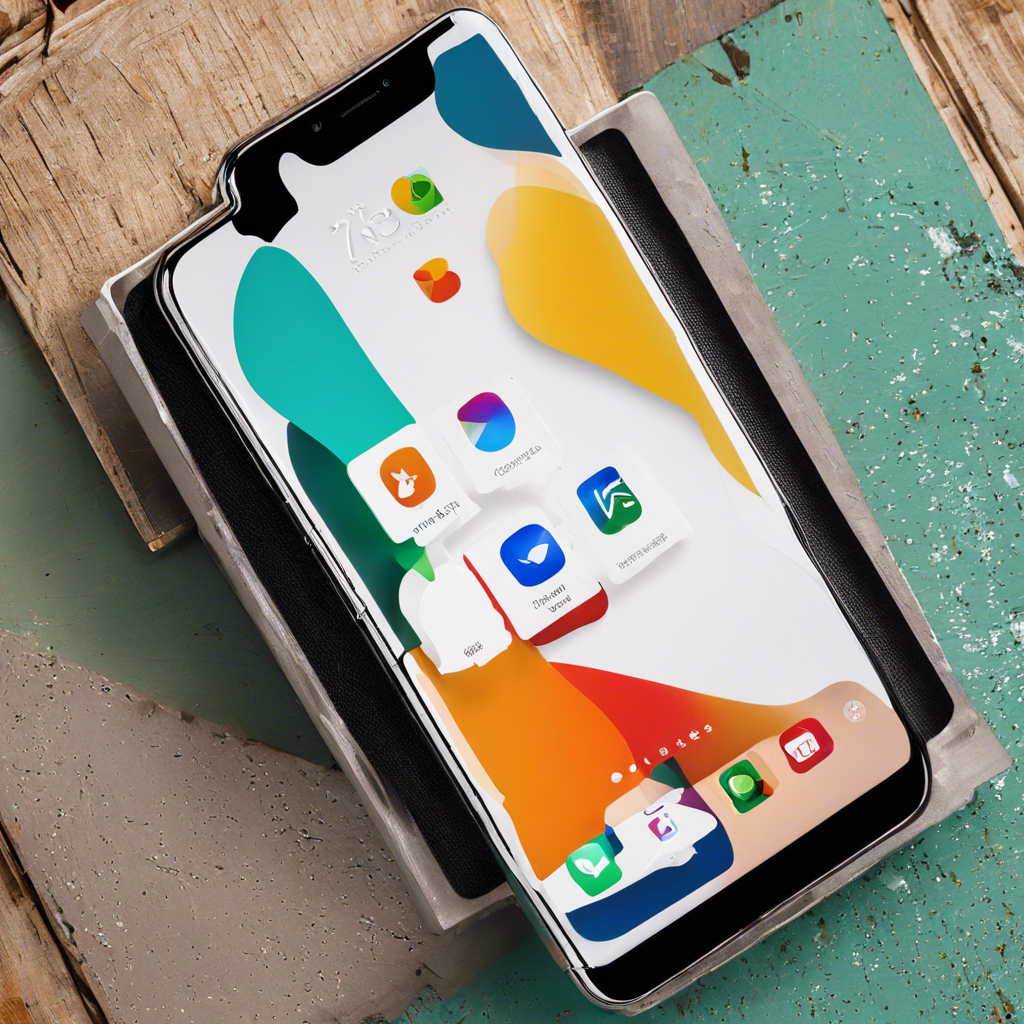The smartphone market has long been dominated by two heavyweight contenders: Apple’s iPhone and smartphones running Google’s Android operating system. With both options continually evolving, the age-old question of which is better remains a hotly contested debate. So, as we move further into 2024, which of these smartphone giants reigns supreme?
Apple’s iPhone has cultivated a dedicated user base thanks to its seamless integration with other Apple devices, robust security measures, and intuitive user interface. iOS updates are known for bringing exciting new features, with the latest iOS 16 offering customizable lock screens, improved messaging, and enhanced privacy controls. Apple’s App Store is renowned for its strict guidelines, ensuring that apps meet high standards for security and functionality. iPhone users also benefit from timely software updates, often receiving new features and security patches years after a model’s release.
On the other hand, Android smartphones boast unmatched customization and flexibility. With a vast array of manufacturers to choose from, Android devices cater to diverse preferences and budgets. Android’s open-source nature empowers users to tailor their mobile experience, from homescreen layouts to in-depth system tweaks. While Android updates may not be as frequent or long-lasting as iOS, the latest Android 13 brings improved privacy features, enhanced language controls, and a more streamlined user interface.
In terms of hardware, iPhones are known for their powerful processors and optimized performance, delivering smooth and responsive user experiences. Apple’s A-series chips consistently outperform many Android smartphones in terms of raw processing power, contributing to faster app launch times and snappier overall performance. However, Android devices should not be underestimated, with many high-end models featuring top-of-the-line specifications that can go toe-to-toe with iPhones in terms of speed and functionality.
The camera capabilities of these smartphones are also noteworthy. iPhones have traditionally offered excellent camera quality, with consistent improvements driving mobile photography forward. Android smartphones have risen to the challenge, with many manufacturers incorporating advanced camera systems that rival, or even surpass, iPhones in certain scenarios. The camera has become a key battleground, with both sides continually raising the bar for mobile photography and videography.
When it comes to app ecosystems, both iOS and Android offer robust selections. Apple’s App Store is known for its strict curation, ensuring a certain level of quality and security. Meanwhile, Google Play Store offers a wider variety, including many region-specific apps that cater to diverse user needs. However, Android’s fragmented nature can sometimes result in a less polished or optimized app experience compared to the streamlined iOS ecosystem.
Connectivity is another critical area of comparison. Both iPhone and Android smartphones support the latest wireless standards, offering fast internet speeds and reliable connectivity. However, iPhone users benefit from Apple’s tight integration with other Apple devices, allowing for seamless file sharing and cross-device functionality. Android does offer similar features through services like Google One and Google Drive, but the integration may not feel as intuitive or comprehensive.
In conclusion, the iPhone and Android smartphones each have their unique strengths and devoted user bases. Apple’s iPhone excels in seamless integration, security, and performance, while Android offers unparalleled customization and flexibility. The choice ultimately comes down to personal preferences, with some users valuing the streamlined experience of iOS and others favoring the open-source freedom of Android.
So, which smartphone truly reigns supreme in 2024? The answer, it seems, is not so clear-cut. In a dynamic and competitive market, both iPhone and Android continue to innovate and adapt, ensuring that consumers have a tough decision to make when choosing their next smartphone.
